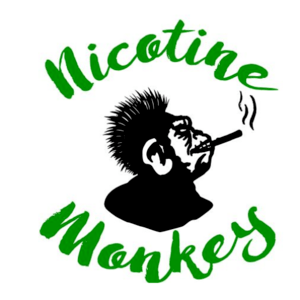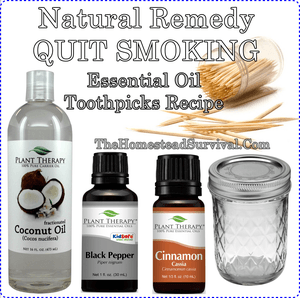Horrible pictures on cigarette packs and emphasizing that smoking causes cancer and heart disease assume people smoke because of ignorance of the consequences. This is not so. Everyone these days knows smoking is harmful to health. Scare tactics have relatively little effect because they don’t take into account the main reason people smoke: nicotine addiction, which is so little amenable to logic.
2. Reminding smokers of the benefits of quitting
Reduced health risks, saving money and smelling better (in both senses) are what smokers are already aware of—that’s why they want to quit! So why don’t they?
3. Nicotine patches or gum
If you want to stop smoking you presumably wish to be rid of nicotine once and for all. So what’s the good of putting it into your body by a different route? Nicotine products merely keep the addiction going and make it harder to stop. The poor success rate of around 15% for nicotine patches and gum shows that smokers who quit using these products do so in spite of them, not because of them.
4. So-called Stop-Smoking Medicines: bupropion (Zyban) and varenicline (Champix)
These work, if they work at all, by causing a chemical imbalance in the brain. Smokers already have enough of a chemical imbalance in the brain with their nicotine addiction; it makes no sense to increase it with prescription drugs. Many people feel unwell while taking them and a serious, though rare, side-effect is suicidal thoughts.
In any case, using these drugs, as with nicotine products, merely reinforces the fear many smokers have that quitting is too difficult to do on their own. Nothing could be further from the truth!
5. Combining nicotine patches or gum with stop smoking medicine
The same objections as above apply, only more so.
6. E-cigarettes
These are promoted in some quarters as a way to stop smoking. This is disingenuous. They are merely a means of continuing nicotine addiction in a supposedly safer way; it has been claimed that e-cigarettes are 95 per cent safer than ordinary cancer sticks but there’s no proof that this is so. The fact is, no one knows what the effects will be of inhaling deep into your lungs vapourised nicotine together with propylene glycol, glycerin, synthetic flavours, traces of nitrosamines and other toxicants, carcinogens, and metal nanoparticles many times a day for years on end.
Fortunately there is a simple, 100 per cent safe alternative to cigarettes and e-cigarettes: not to use nicotine at all—in any form.
7. ‘Heat-not-burn’ tobacco products, variously called IQOS, iQOS, glo, and Ploom
It is misleading that these recently released products are presented as a way to stop smoking. They may not be quite as dangerous as inhaling tobacco smoke, but to inhale the fumes derived from heating tobacco without burning it cannot be anything but harmful to health.
8. Humour
There are a number of websites that appear to try to encourage smokers to quit through levity. Smoking is no laughing matter. The apparent difficulty in quitting is not due to lack of a sense of humour. See, for example, my critique of the nonsense put out by healthline.com: https://www.nicotinemonkey.com/smoking-cessation-and-humour/
9. Vulgarity
I am not making this up, but there is an NHS-supported website in the city of Leicester in the UK where this is actually their approach. I will not discomfit readers of a sensitive disposition by quoting the words used, but you can read them for yourself if you refer to my blog: https://www.nicotinemonkey.com/stopping-smoking-through-vulgarity/
10. Willpower
This means forcing yourself not to do something you have a strong desire to do. Usually it is only a matter of (a short) time before the wish to smoke is greater than the wish to be a non-smoker and willpower loses out.
11. Hypnosis, acupuncture, laser-treatment, supplements and other gimmicks
These methods may work for some people but they are troublesome and time-consuming. If they work, they do so by suggestion. Also, as noted under number 2, they reinforce the wrong idea that quitting is so difficult you need some outside agency to help you.
12. Cold turkey
What does this curious expression mean? It was originally used when someone addicted to hard drugs stopped suddenly and experienced unpleasant or even dangerous withdrawal symptoms including the skin coming out in goosebumps – or should that be turkeybumps?
Many people regard ‘stopping smoking cold turkey’ as the same thing as stopping through willpower. You try to force yourself not to smoke while enduring awful withdrawal symptoms until the desire to smoke goes away. And how long will that take?
And the one best way to stop smoking?
Just stop!
Some smokers may be fortunate enough to wake up one day and say to themselves, ‘That’s it. I’m through with cigarettes.’ And they never smoke again. And they never want to smoke again.
But if you’re reading this blog you’re probably one of the many smokers who genuinely find it hard to stop. Fear not. You can be helped through the Symonds Method to demonstrate to yourself why you have continued to smoke in spite of knowing the risks, and why it seems so hard to quit.
Then quitting will be easy.
Text © Gabriel Symonds


Leave A Comment